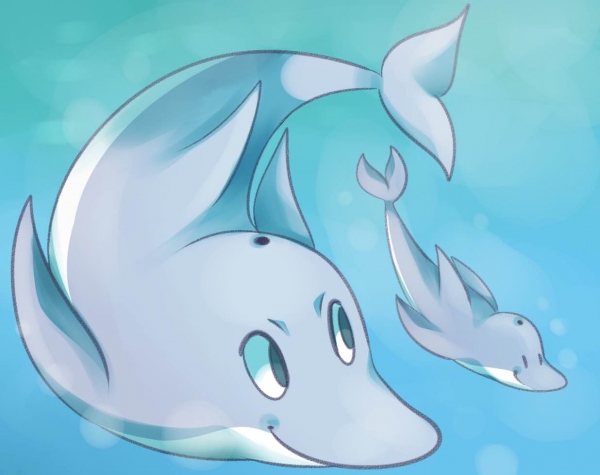Whales, dolphins, and other members of the cetacean family are now one fin-stroke closer to freedom thanks to the new Ending the Captivity of Whales and Dolphins Act, Bill S-203. The act, which passed in the Senate on Oct 23 and is currently undergoing its second reading in the House of Commons, looks to amend Canada’s Criminal Code to ban the capture of cetaceans and enable protections for marine mammals. It further stipulates an end to the breeding of cetaceans in captivity and prohibits the movement of live whales or dolphins across Canadian borders.
Many politicians and animal rights activists vehemently condemn the captivity of cetaceans and continue to fight for their release. In an interview with iPolitics, Senator Mary Jane MacCallum of Manitoba stated that housing animals outside of their natural habitat is amoral.
“This concern is compounded by my personal belief, shared by many, that having these majestic and intelligent animals in captivity is simply unnatural,” MacCallum said. “It is against the very nature, biology and physiology of these animals to be swimming around in tanks when they are wired and built for the vastness of an ocean.”
In 2014, prominent anthropologist Jane Goodall wrote an open letter to the Vancouver Aquarium demanding that the aquarium put an end to their beluga breeding program. Goodall cited high mortality rates and the complex social and sensory lives of the animals as reasons to end the program.
While the bill has been widely praised as a humane initiative, Andrew Trites of the University of British Columbia’s Institute for Oceans and Fisheries questions some aspects of Bill S-203, such as the ban on importing and exporting reproductive materials from Canada.
“Imagine we had an endangered species where the only female left is in Canada and the only male left is in the United States,” Trites said. “We might want to allow them to artificially inseminate.”
Having access to domesticated cetaceans is highly advantageous for research studies. As of 2018, Marineland of Canada in Ontario is the only facility in the country that still houses live cetaceans.
“There are lots of questions [that] we, as scientists, ask, such as ‘does the noise ships make affect killer whales?,’” Trites said. “To answer these sorts of questions a hearing test needs to be completed on the whales and you’re not going to do that on a wild animal.”
The majority of the research done on cetaceans is done in aquariums. Behavioural questions related to topics like food intake, physiology of sight, and cognitive abilities all require close observation and extended periods of data collection, which is only possible in controlled settings.
The ongoing debate now centres around whether or not research practices can take precedent over animal welfare. Trites argues that they aren’t necessarily contradictory.
“There is a lot more focus on providing the animals with stimulus and challenges so [that] they do not develop psychological problems.” Trites said.
According to Trites, a popular way to assess the stress levels of whales in captivity is by analyzing their ability to breed. Whales with reduced levels of stress are more likely to get pregnant and carry offspring full term. Marineland’s success in mating beluga whales may therefore be an indication of their low stress levels.
In the meantime, the language of Bill S-203 remains unclear with regard to the many exceptions it allows at the discretion of provincial legislatures. The act will only prevent the capture of future marine mammals; it exempts facilities which currently hold cetaceans. This fact leaves marine biologists and animal rights activists alike wondering how Bill S-203 will affect the wellbeing of cetaceans still in captivity.






